Traveling in Africa is undoubtedly one of the best and most thrilling experiences anyone can ever have. Be it in a game park, a game reserve, an animal orphanage, a zoo or even a snake park, it is all mind-blowing how Africa tops the list of the continents with the largest population of Safari Animals.
A drive or a walk in the game reserves and game parks in Africa is a golden opportunity to have a remarkable view of the must-see animals among them the big five; the lion, the elephant, the rhinoceros, the leopard, and the buffalo. But also, many other wild animals, including the cheetah, the hippo, and the zebra join the population of Africa’s rich wildlife.
These must-see safari animals are discussed below, informing you of where to find them, their population, some interesting facts about them, and the efforts being made to keep them alive and in good numbers in Africa, for posterity.
- The Lion

Undoubtedly, the African Lion owns the fame of ruling the jungle, with his mighty roars embedded in fearlessness. On your safari in Africa, you would probably observe lions in most African countries like Angola, Cameroon, Nigeria and the Democratic Republic of Congo among other Central and West African countries. Lions also find a residence in South Africa and Namibia.
If traveling in East Africa, Kenya, Rwanda, Mozambique and Tanzania are some of the countries you would effortlessly find lions. Of the approximately 23,000 lions in Africa, 11,000 lions live in East Africa. Tanzania’s Serengeti National Park and Kenya’s Masai Mara National Reserve host the largest numbers of the lion population in East Africa.
Facts about the lion will amuse you. The lion is the second-largest cat, after the tiger, with the African lion growing up-to 3 meters long (9-10 feet), from head to tail. The male lion is bigger than the lioness, with a thick mane on the neck to make it attractive to the lioness and for protection when fighting over territories and mates. Efforts to preserve lions are being implemented all over Africa by governments, researchers and private organizations.
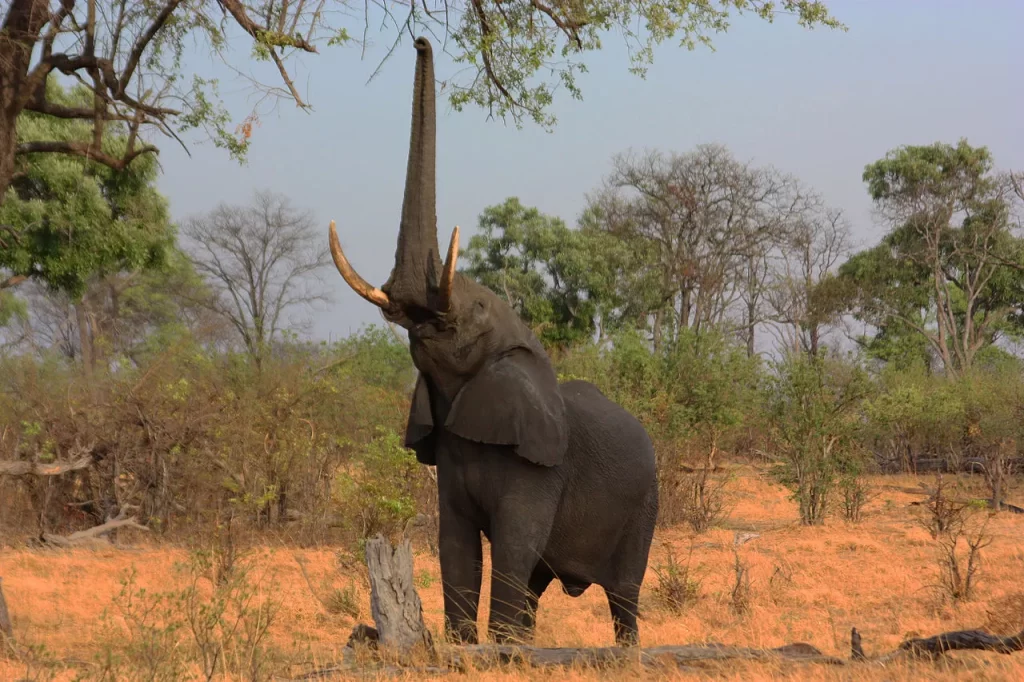
The biggest animal you will ever see in the forest is the African elephant. With long trunks, large ears and amazingly big bodies, The African elephant is the largest living animal on the planet’s land.
Africa hosts about 415,000 elephants. 130, 000 of these are in Botswana, the home of elephants. The Savanna elephants found in Tanzania, Kenya, Botswana, Zambia, Zimbabwe and South Africa, roam Sub-Saharan Africa and are larger than the forest elephants, which live in Central and West African forests.
Elephant’s large ears radiate heat, helping it stay cool. The long trunk is the mammal’s nose, for breathing, smelling and trumpeting, but also for digging on the ground for water, especially during the dry season. An elephant eats up-to 300 pounds (136 kgs) of vegetation daily. Organizations such as Save the Elephants, Elephant Aid International and World Wide Fund Kenya are managing the elephants.
- The Cheetah

The Southeast African cheetah is the dominant subspecies of cheetah, living in Southern and East Africa. The Southern African cheetah roams the deserts and lowland areas of the Kalahari, especially the Okavango Delta savannahs and the Transvaal region grasslands of South Africa.
The cheetah is the fastest land animal in the world. At their best, they can accelerate faster than a sports car and they get their name from the Hindi word ‘chita’, meaning ‘spotted one’.
A population of about 6,674 cheetahs roams the African forests, with a staggering 76% living in unprotected forests.
- The Rhinoceros
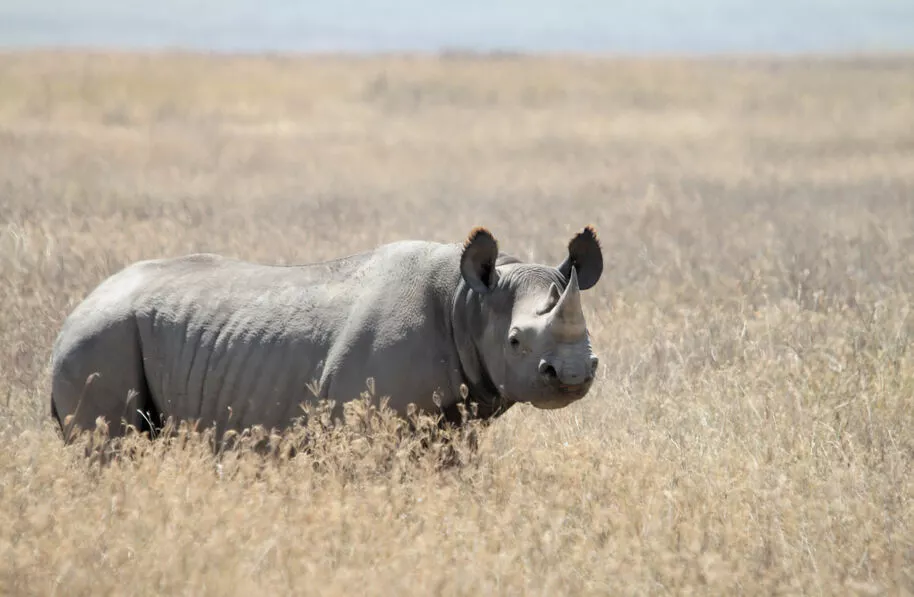
It is among the big five animals in Africa. It is common in Kenya, Namibia and South Africa. Currently, there are over 27000 rhinos in Africa.
A single rhino can weigh past 3 tonnes, with the white rhino, which weighs over 3500 kg when mature, being larger than the second species found in Africa, the black rhino.
The World Wide Fund for nature is working to protect the remaining rhinos from poachers and habitat loss in South Africa, Namibia and Kenya, the three rhino range countries in Africa.
- The Giraffe
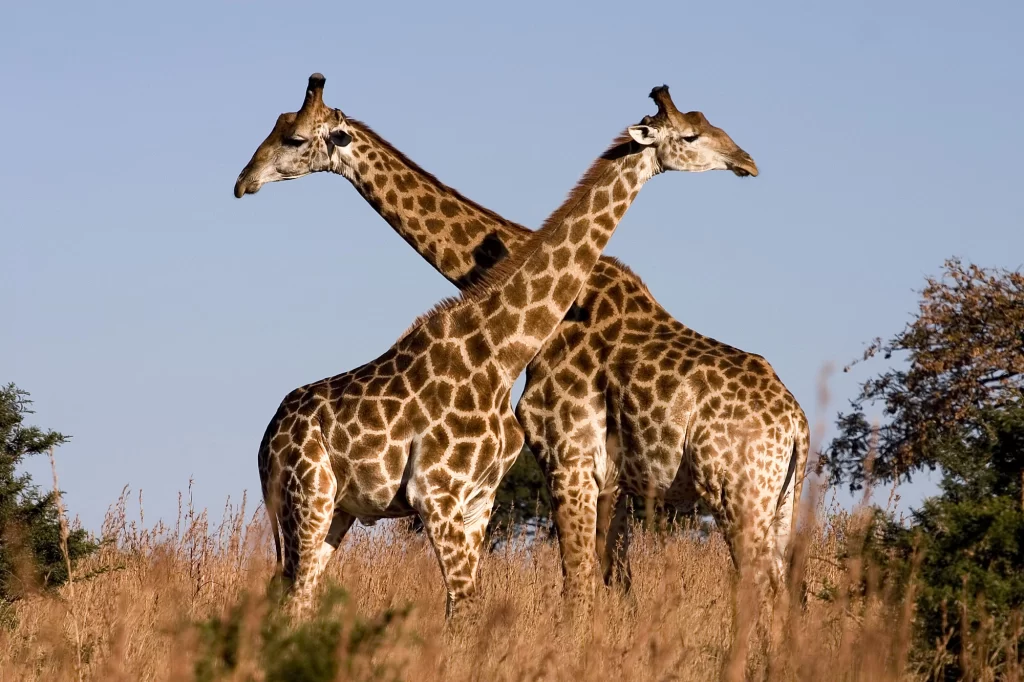
This is a tall, African hoofed mammal whose population is scattered all over Africa but commonly in Chad, South Africa, Somalia and Niger. Giraffes are the largest ruminants on the planet, inhabiting the savannah woodlands of Africa.
They currently number about 117,000 heads, a 30% drop from the 2016 numbers.
A giraffe is the tallest mammal under the sun. A newly-born giraffe can stand for over half an hour and the ones hang out in groups until they become five months old.
- The Leopard
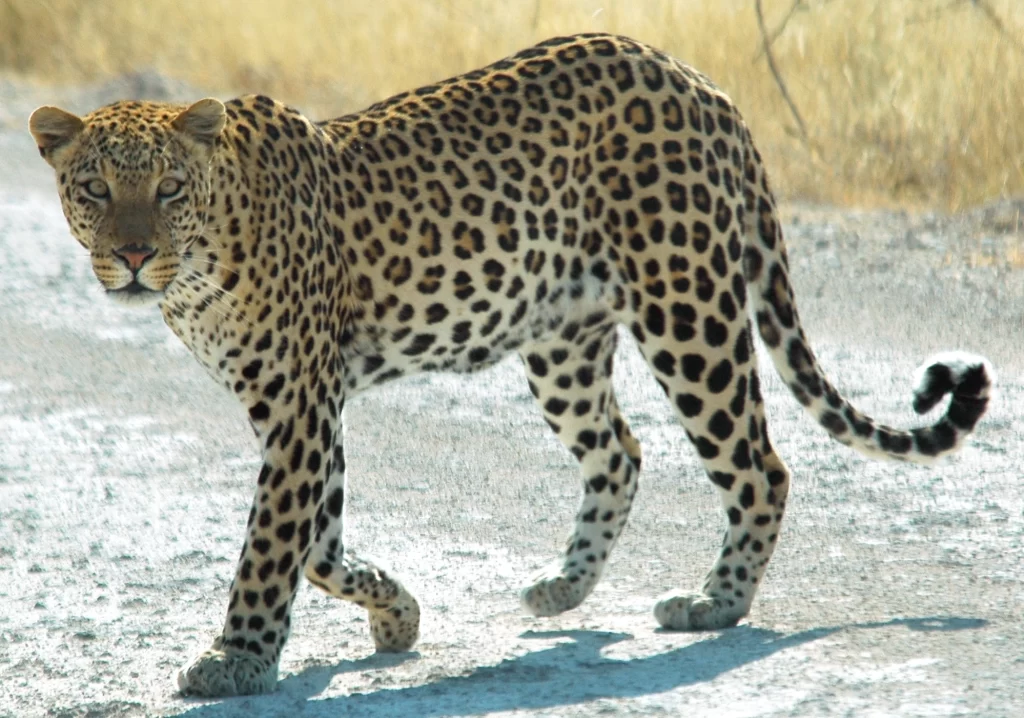
Leopards are big cats in the same family with lions and cheetahs. In Africa, they live in deserts, savannah grasslands and mountain regions. They are common in Kenya, Zambia, Tanzania, South Africa and Botswana.
Over 700,000 leopards exist in Africa, making them a must-see animal whenever you are on your safari in the wild.
They are master predators, full of secrecy and remaining solitary, unlike lions. They easily adapt and are rarely choosy on their prey.
- The Hippopotamus

Also called hippos, they exist in two species in Africa: the large/common hippo and the pygmy hippo, which is relatively smaller. After elephants and white rhinos, hippos rank third among the largest living land mammals.
About 130, 000 hippos roam around Africa: Democratic Republic of the Congo, Tanzania, Ethiopia, Kenya, Gambia and South Africa, among other countries.
They have four-webbed toes that help them evenly distribute weight and support them on land while their short legs powerfully propel the hippos through the water. They have a very thick, hairless skin and live up-to 50 years.
- The buffalo
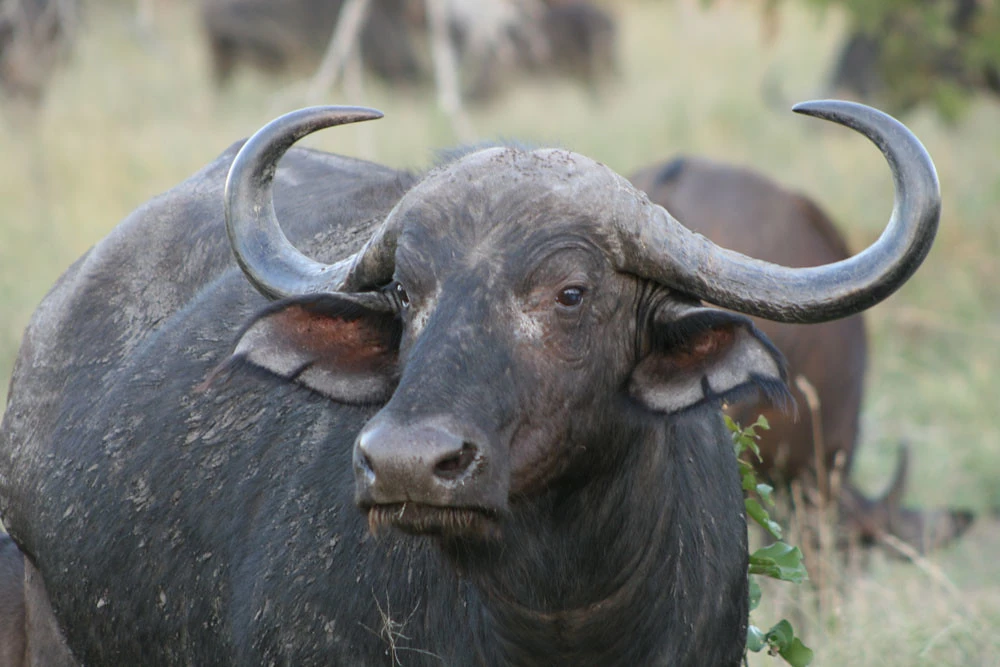
This is a temperamental animal, ravaging anything bothering it. It is a pest to the rangers and ranks fourth among the big five.
Buffaloes are very common in Africa, a must-see to any visitor on a safari in Africa. Kenya, Zimbabwe, Tanzania and Zambia, DRC and South Africa host the largest population of the over 400, 000 buffaloes in Africa.
It’s horns are its distinguishing feature and it is also named as among the most dangerous wild animals in the African forests, killing almost 200 people annually. They weigh up-to 900 kg. Governments and different organizations are protecting buffaloes in Africa from poachers.

Over 700,000 common zebras are estimated to feed in the African forests of Ethiopia in East Africa to the far region of South Africa. Rwanda, Namibia and Uganda are home to a significant number of zebras. Kenya leads in zebra numbers of the endangered Grevy’s zebras, hosting about 2,350 of them, 90% of the global population.
A zebra can run up-to 65 km per hour. A zebra’s stripes are as unique as fingerprints. Their stripes assist zebras in camouflaging. Amazingly, a newborn foal can stand after just six minutes.
Setting safe spaces for zebras, planning livestock herding, allowing grass to recover and reseeding overgrazed areas are efforts to preserve the zebra population in Africa.
